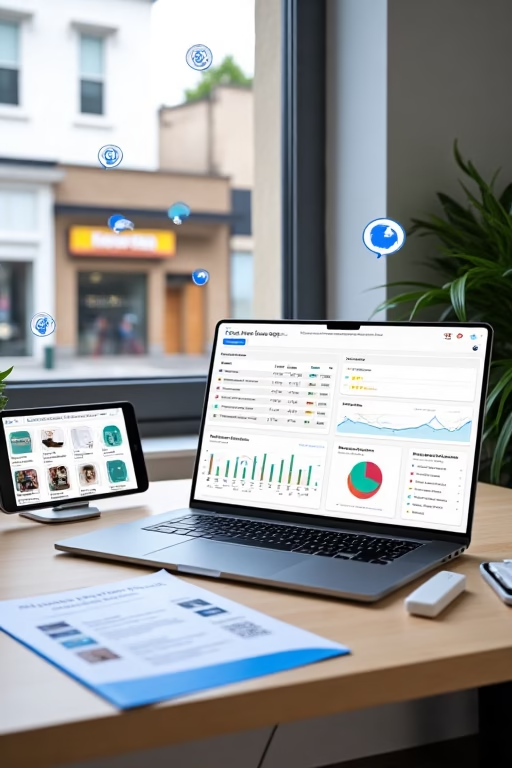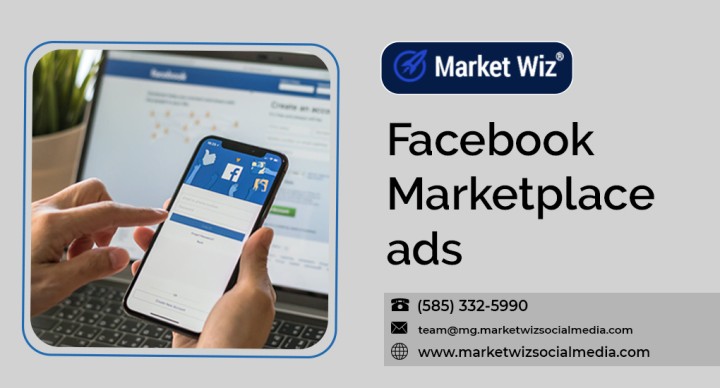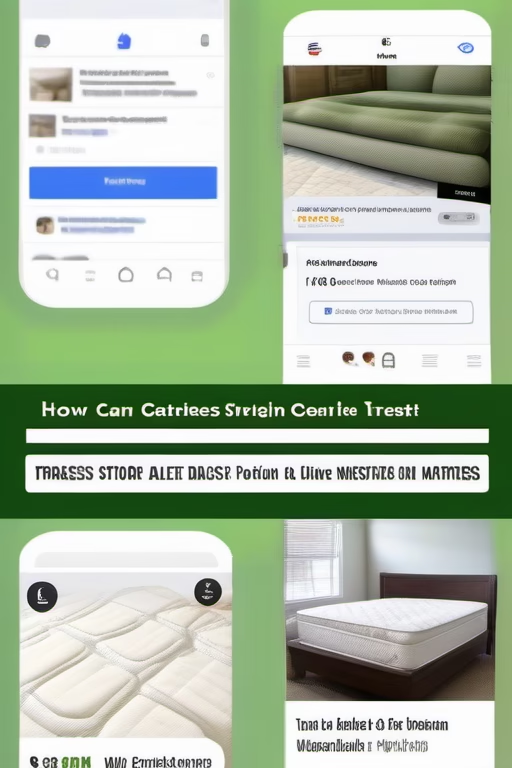Local SEO in 2025: What Still Works?
Enduring Local Search Tactics by Market Wiz AI
Table of Contents
- Introduction: Local SEO in 2025: What Still Works?
- 1. Core Local SEO Ranking Factors
- 1.1 Relevance & Keywords
- 1.2 Proximity & Location Signals
- 1.3 Prominence & Authority
- 1.4 Behavioral Engagement
- 2. Google Business Profile Optimization
- 2.1 Complete and Accurate Info
- 2.2 Regular Posts & Offers
- 2.3 Photo & Video Best Practices
- 3. On-Page Local SEO Tactics
- 3.1 NAP Consistency Everywhere
- 3.2 Localized Content Creation
- 3.3 Schema Markup for LocalBusiness
- 3.4 Mobile & Page Speed
- 4. Citation Building & Management
- 4.1 High-Authority Directories
- 4.2 Industry-Specific Listings
- 4.3 Audit & Cleanup Strategies
- 5. Reviews & Reputation Signals
- 5.1 Review Generation Techniques
- 5.2 Timely Responses
- 5.3 Handling Negative Feedback
- 6. Emerging Trends & Technologies
- 6.1 Voice Search & Assistants
- 6.2 AI & Chatbot Integration
- 6.3 Hyperlocal Targeting & Geofencing
- 7. Tracking, Analytics & Reporting
- 8. Avoiding Local SEO Pitfalls
- 9. Conclusion & Action Plan
- 25 FAQs
- 25 Extra Keywords
Introduction: Local SEO in 2025: What Still Works?
Local SEO in 2025: What Still Works? remains the critical question for businesses relying on neighborhood foot traffic and localized online visibility. While algorithms evolve, foundational tactics—accurate business listings, genuine customer reviews, and targeted on‑page content—continue to deliver leads and sales. This guide explores the enduring strategies and new innovations that will keep you competitive in the local search arena.
1. Core Local SEO Ranking Factors
1.1 Relevance & Keywords
Matching search intent with precise, localized keywords—“dentist near me,” “emergency plumber in [City]”—remains vital for driving qualified traffic.
1.2 Proximity & Location Signals
Consistent NAP (Name, Address, Phone) data and GPS‑enabled searches ensure your business appears for customers in your exact service area.
1.3 Prominence & Authority
Online mentions, backlinks from local publications, and industry citations bolster your prominence in Google’s local pack.
1.4 Behavioral Engagement
User actions—clicks, calls, direction requests, and website interactions—signal engagement and can boost rankings when optimized properly.
2. Google Business Profile Optimization
2.1 Complete and Accurate Info
Fill out every field: business hours, services, attributes, and secondary categories to maximize relevance and user trust.
2.2 Regular Posts & Offers
Publishing weekly updates, promotions, and events keeps your profile fresh and signals activity to Google.
2.3 Photo & Video Best Practices
High‑resolution images and short video tours increase engagement and dwell time, improving your local search visibility.
3. On-Page Local SEO Tactics
3.1 NAP Consistency Everywhere
Ensure your website footer, header, and contact page match your Google Business Profile exactly to avoid confusion.
3.2 Localized Content Creation
Write blog posts, service pages, and landing pages focused on neighborhoods, landmarks, and community events to attract geo‑targeted searches.
3.3 Schema Markup for LocalBusiness
Implement structured data to provide search engines with explicit location, service, and review information.
3.4 Mobile & Page Speed
With most local queries on mobile, fast‑loading, responsive sites are essential. Aim for under 2 seconds load time.
4. Citation Building & Management
4.1 High-Authority Directories
List your business on platforms like Yelp, YellowPages, and BBB to strengthen authority signals.
4.2 Industry-Specific Listings
Target niche directories—Angi for home services, Zocdoc for healthcare—to capture relevant audiences.
4.3 Audit & Cleanup Strategies
Regularly audit citations with tools like Moz Local to find and fix duplicates or inconsistencies.
5. Reviews & Reputation Signals
5.1 Review Generation Techniques
Use automated email and SMS requests to encourage satisfied customers to leave Google reviews.
5.2 Timely Responses
Reply to every review—positive and negative—within 24 hours to show active engagement.
5.3 Handling Negative Feedback
Address concerns publicly and offer private resolution paths to demonstrate professionalism and care.
6. Emerging Trends & Technologies
6.1 Voice Search & Assistants
Optimize for conversational queries—“Where can I find a cafe open now?”—to capture voice‑driven local searches.
6.2 AI & Chatbot Integration
Deploy chatbots on your site and in messaging apps to qualify leads and book appointments instantly.
6.3 Hyperlocal Targeting & Geofencing
Use geofenced ads and push notifications to engage customers when they enter your service area.
7. Tracking, Analytics & Reporting
Monitor GMB Insights, Google Analytics location reports, and call-tracking data to refine your local SEO strategy continuously.
8. Avoiding Local SEO Pitfalls
Avoid keyword stuffing, fake reviews, and unverifiable addresses. Regularly audit your profile to maintain compliance with Google’s guidelines.
9. Conclusion & Action Plan
Local SEO in 2025: What Still Works? hinges on mastering foundational elements—accurate listings, authentic reviews, and targeted content—while embracing new technologies like voice search and AI assistants. Implement these tactics step by step, measure your results, and adapt to maintain your competitive edge in local search.
25 Frequently Asked Questions
1. What is Local SEO?
Local SEO optimizes your online presence to attract customers in a specific geographic area.
2. Why is Local SEO important in 2025?
Consumers increasingly rely on mobile and voice search to find nearby businesses and services.
3. How do I optimize my Google Business Profile?
Complete every field, add high‑quality images, post regularly, and manage reviews proactively.
4. What are citations?
Citations are online mentions of your business name, address, and phone number on directories and websites.
5. How many citations do I need?
Quality over quantity—focus on authoritative and relevant directories first.
6. Do reviews impact rankings?
Yes—review quantity, velocity, and sentiment all influence local search visibility.
7. How can I get more reviews?
Use automated email/SMS prompts after a sale or service to encourage happy customers to review.
8. Should I embed a map on my site?
Embedding a Google Map widget reinforces location signals and enhances user experience.
9. What is NAP consistency?
Ensuring your Name, Address, and Phone number are exactly the same across all online references.
10. How do I track local rankings?
Use tools like BrightLocal, Whitespark, or SEMrush’s Local Rank Tracker.
11. Is voice search optimization necessary?
Yes—optimize for natural language queries and long‑tail keywords to capture voice traffic.
12. What schema should I use?
Implement LocalBusiness schema with address, geo coordinates, phone, and opening hours.
13. How often should I update my GMB?
Post updates or offers at least once per week to signal activity to Google.
14. Can social media affect local SEO?
Indirectly—social engagement builds brand awareness and can lead to citations and backlinks.
15. What is geofencing?
Target ads or notifications to users entering a defined geographic radius around your business.
16. How important is mobile performance?
Critical—most local searches happen on mobile devices; aim for fast load times and responsive design.
17. Can AI chatbots help Local SEO?
Yes—they improve engagement, reduce bounce, and can help convert local visitors into customers.
18. How do I handle incorrect citations?
Use citation audit tools to identify and correct or remove inconsistent listings.
19. What are behavioral signals?
User interactions like clicks, calls, and direction requests that indicate engagement to Google.
20. How do I avoid penalties?
Follow Google’s guidelines: no fake reviews, accurate addresses, and no keyword stuffing.
21. What emerging trends matter most?
Voice search, AI-driven personalization, and hyperlocal targeting continue to grow in importance.
22. Should I invest in local ads?
Local Services Ads and geo-targeted PPC can complement organic efforts for immediate visibility.
23. How do I measure success?
Track GMB Insights, organic traffic to location pages, call-tracking metrics, and conversion rates.
24. Can small businesses compete?
Absolutely—consistent implementation of these tactics levels the playing field with larger competitors.
25. Where can I learn more?
Visit Market Wiz AI’s blog and resource center for detailed guides, case studies, and webinars.
25 Extra Keywords
- local SEO in 2025
- 2025 local SEO trends
- Google Business optimization
- local search best practices
- citation building 2025
- voice search local SEO
- AI in local SEO
- hyperlocal marketing
- geofencing ads
- mobile-first local SEO
- NAP consistency tools
- local schema markup
- GMB photo strategy
- review generation tactics
- local backlink strategies
- community engagement SEO
- local analytics tools
- avoid local SEO penalties
- on-page local optimization
- structured data local SEO
- chatbot for local businesses
- direction requests SEO
- call tracking local SEO
- multi-location SEO
- local SEO checklist 2025

















